[Though I have marked the passing of people in our field periodically, by posting articles I have written about them and their work (most recently, Peter Beard), I have previously published only one commemoration as a Guest Post: Les Krims’s fond memories of our mutual friend Paul Diamond. However, when Bruno Chalifour — a regular reader of and commenter on what appears at this site — sent me this remembrance of photographer and teacher John Pfahl, I immediately asked him to let me post it here.
Perhaps this reflects my age; at 76, I’m in a demographic where peers and colleagues die on a regular basis. Maybe it’s the pandemic, which will surely up the normal statistics in that regard. Or just my awareness of how few platforms exist on which to announce the passing of people in photography, especially those not widely known beyond our field.
In any case, I suppose that, having set this precedent, I now have to live with it. So, if you are a relative or friend of someone in photography who has died, feel free to query me about publishing something commemorative here. Parameters: A text, either written by you or with permission from its author to publish; some relevant images, also with any necessary permissions; a 150-word bio note about you (or the author of the text) and a headshot. This offer will hold at least for the duration of this pandemic; if the demand proves not overwhelming, I’ll make it an ongoing feature after that (assuming that we get an “after that”). — A.D.C.]
•
John Pfahl (1939-2020)
by Bruno Chalifour
It was with great sadness that I learned of the recent departure (April 15, 2020) of John Pfahl, a victim of several ailments and COVID-19.
I met John for the first time at his Buffalo home in the fall of 1996. My conversation with him was part of my doctoral research on American contemporary landscape photography. We spent most of the day discussing ideas and looking at his photographs. He was very supportive of my efforts. I always enjoyed his cool yet bemused expression, reflective of an attitude toward life and humanity that he often expressed in his photography.
John came to western New York to study graphic design (BFA) and then communications (MA) at Syracuse University. While at SU he also took courses in what was then the first graduate program in color photography. When he graduated in 1968 he was immediately recruited by the Rochester Institute of Technology, where he taught until 1982. After a few years of a personally funded sabbatical, during which he focused on his fine-art photography, he resumed teaching — first as a visiting professor at the University of New Mexico and then at SUNY Buffalo. He still used to come to the Buffalo MFA walk-throughs while I was studying there in 1999-2001.
•
John’s innovative work in landscape photography focused on the problems of perception and representation. He systematically questioned the medium. His early and probably best-known series, “Altered Landscapes,” is a perfect example of his constant quest. Another area of interest consisted of investigating the concepts of beauty, the picturesque, and the sublime as they had been treated in painting since the 18th century. The works that followed “Altered Landscapes” are deeply influenced by these preoccupations.
They led him to travel and visit the very locations that inspired artists who worked with these concepts: the Lake District in England, Lake Como in Italy (an homage to William Henry Fox Talbot), the Hudson Valley and the sierra of the American West. In these investigations John manifested a keen interest in “color, atmosphere, context and extra-photographic references,” as Estelle Jussim put it in her essay for the catalog A Distanced Land, the Photographs of John Pfahl (Buffalo: The Albright-Knox Gallery, 1990). John always printed his own work and can be considered one of the “luminist” American photographers of the second half of the twentieth century, along with Joel Meyerowitz — although his “extra-photographic references” make him more a precursor of Richard Misrach, Joel Sternfeld, and more recently Edward Burtynsky.
Sadly, John Pfahl belonged to the “Rochester camp of photography” (along with his friends Nathan Lyons and Carl Chiarenza); this “camp” existed in opposition to the one established around New York City’s Museum of Modern Art where, from 1962 to 1991, John Szarkowski, director of MoMA’s Department of Photography during those years, seemed to dictate what was in and what was not. I write “sadly” because the impact of what some have called “Szarkowski’s reign” is still influencing the choices of many art and photography institutions in terms of what photography is to be considered and shown from that period in its history.
•
Consider this: John Pfahl came through the first graduate-level program in color photography in America. He worked in color all his life. “Altered Landscapes” made him nationally and then internationally known in the 1980s (the first show of this body of work was at Visual Studies Workshop in Rochester, NY, in 1976, the same year he received his first National Endowment for the Arts grant). Like most fine-art photographers of his generation, he consistently worked on long-term series: “Altered Landscapes” (1974-1978), “Picture Windows” (1978-1981), “Power Places” (1981-1984), “Submerged Petroglyphs” (1984), “Missiles-Glyphs” (1984-85), “Arcadia Revisited” (1985-1986), “Waterfalls” (1988-1995), “Smoke” (1988-1989), “The Very Rich Hours of the Compost Pile” (1992-1993), “Permutations on the Picturesque” (1993-1999), “Niagara Sublime” (1994-1996), “Piles” (1992-1998), “Bali Suite” (1994), “Extreme Horticulture” (1998-2002), “Luminous River” (2002-2004), “Scrolls” (2006), and “Les Métamorphoses de la terre” (2010).
Aside from shows in many private art galleries and university galleries, John Pfahl had solo exhibitions at the George Eastman Museum, Princeton University Art Museum, The Museum of Contemporary Photography and the Art Institute in Chicago, the La Jolla Museum of Contemporary Art, the Los Angeles County Museum of Art and the San Francisco Museum of Art in California. His work has been included in numerous prestigious national and international exhibitions of color photography from the beginning of the 1980s through the present.
However, he did not have a single solo exhibition at the Museum of Modern Art in New York, where Szarkowski — still echoed nowadays by non-rigorous if not lazy art critics, curators, photo historians and researchers — did not consider that there was any serious color fine-art photography before the William Eggleston show he mounted there in 1976. The collection of the museum only holds one anecdotal print by Pfahl, “Pink House,” 1977 — “anecdotal” because it’s totally unrelated to any known series by the artist, thus meaningless in relation to his life’s work and poorly representative of it.
On the bright side, the photographer had a long-time collaboration with the George Eastman Museum, which holds two sets of his major series: one to be exhibited and used by scholars, another one to be stored in the dark of the museum’s cold room for conservation purposes. And here is the rub: Most of Pfahl’s work until the 1990s was printed on Ektacolor paper. A few, such as some editions of “Altered Landscapes,” were made with the dye-transfer process. And “Missiles/Glyphs” was printed with the Cibachrome (later to be Ilfochrome) process. The problem, already identified in Henry Wilhelm’s research as soon as the late 1970s, is that prints made with all these processes fade, at various speeds, especially when exposed to light and to “normal” high temperatures.
•
Interestingly, as early as the early 1990s Pfahl was interested in digital technology and the ways in which it enabled him to revisit his own interests through the new medium. Among these new ventures, and following the “Altered Landscapes” and “Power Places” projects, “Permutations on the Picturesque” remains an intriguing testament to Pfahl’s inquisitive and humorous mind: the photographs he made on 4″x5″ color negatives, revisiting the history of painting (especially 19th-century watercolors made in England’s Lake District), were scanned and printed on watercolor paper through the Iris/Giclée process. A thin band of pixelated details ran across each print, reminding the viewer of the use of the new technology.
Hopefully we will soon have a long-overdue retrospective of John Pfahl’s lifetime achievements — and some public or private institution will dedicate funds to preserve this historically important body of work … in digital format.
•
Books by John Pfahl:
• Extreme Horticulture. Essay by Rebecca Solnit, London: Frances Lincoln, Ltd, 2003.
• Waterfall. Essay by Deborah Tall. Tucson, AZ: Nazraeli Press, 2000.
• Permutations on the Picturesque. Essay by Gary Hesse, Syracuse, NY: Lightwork, 1997.
• A Distanced Land: Photographs of John Pfahl. Essay by Estelle Jussim. Albuquerque: University of New Mexico Press in association with the Albright-Knox Gallery, Buffalo, 1990.
• Arcadia Revisited: Niagara River and Falls from Lake Erie to Lake Ontario. Essays by Estelle Jussim and Anthony Bannon. Albuquerque: University of New Mexico Press and the Buscaglia-Castellani Art Gallery of Niagara University, 1988.
• Picture Windows. Introduction by Edward Bryant. Boston: New York Graphic Society; Little, Brown Company, 1987.
• Altered Landscapes: The Photographs of John Pfahl. Introduction by Peter Bunnell. Carmel: The Friends of Photography in association with the Robert Freidus Gallery (New York), 1981.
•
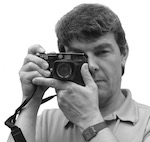 Photographer, photo critic and historian Bruno Chalifour lives in Rochester, NY. He received his MFA from SUNY Buffalo in 2001, and his doctorate from Lyon 2, France, in 2019.
Photographer, photo critic and historian Bruno Chalifour lives in Rochester, NY. He received his MFA from SUNY Buffalo in 2001, and his doctorate from Lyon 2, France, in 2019.
Chalifour has taught at SUNY Buffalo, University of Rochester, Visual Studies Workshop/SUNY Brockport, Empire State College, Rencontres d’Arles, and has also offered private workshops.
A co-founder of the New York Artists’ Guild, he served as the editor of Afterimage magazine (published by the Visual Studies Workshop, Rochester, NY) from 2002-2005. In 2014-2015 he curated exhibitions for and ran Spectrum Gallery (Light Impressions), also in Rochester.
In addition to numerous group and solo exhibitions in the USA and France, Chalifour has designed and self-published 6 photo books (available on www.blurb.com ).
For further information, visit his website. To contact him, click here.
•
This post sponsored in part by a donation from photographer David Freund.
•
 Special offer: If you want me to either continue pursuing a particular subject or give you a break and (for one post) write on a topic — my choice — other than the current main story, make a donation of $50 via the PayPal widget below, indicating your preference in a note accompanying your donation. I’ll credit you as that new post’s sponsor, and link to a website of your choosing.
Special offer: If you want me to either continue pursuing a particular subject or give you a break and (for one post) write on a topic — my choice — other than the current main story, make a donation of $50 via the PayPal widget below, indicating your preference in a note accompanying your donation. I’ll credit you as that new post’s sponsor, and link to a website of your choosing.
And, as a bonus, I’ll send you a signed copy of my new book, poetic license / poetic justice — published under my full name, Allan Douglass Coleman, which I use for my creative writing.


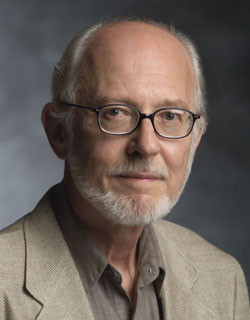
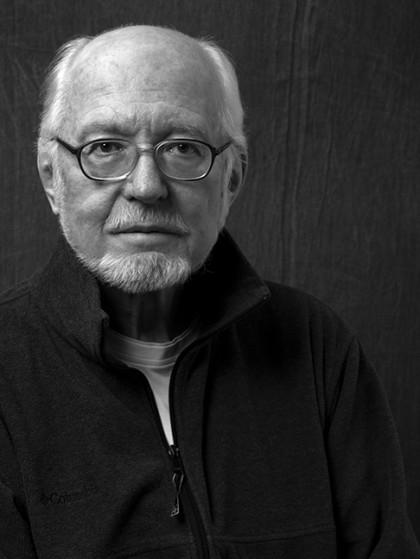
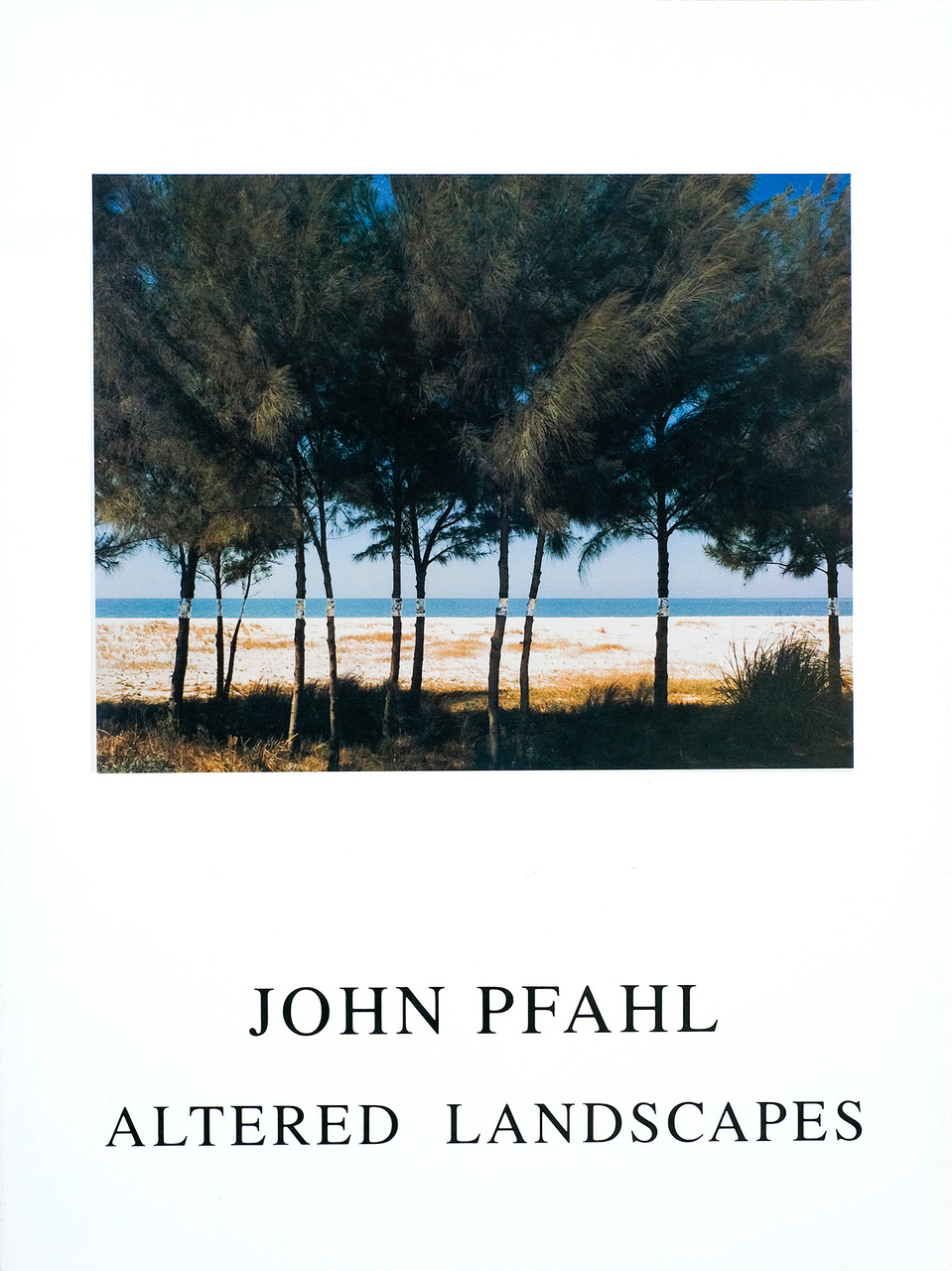
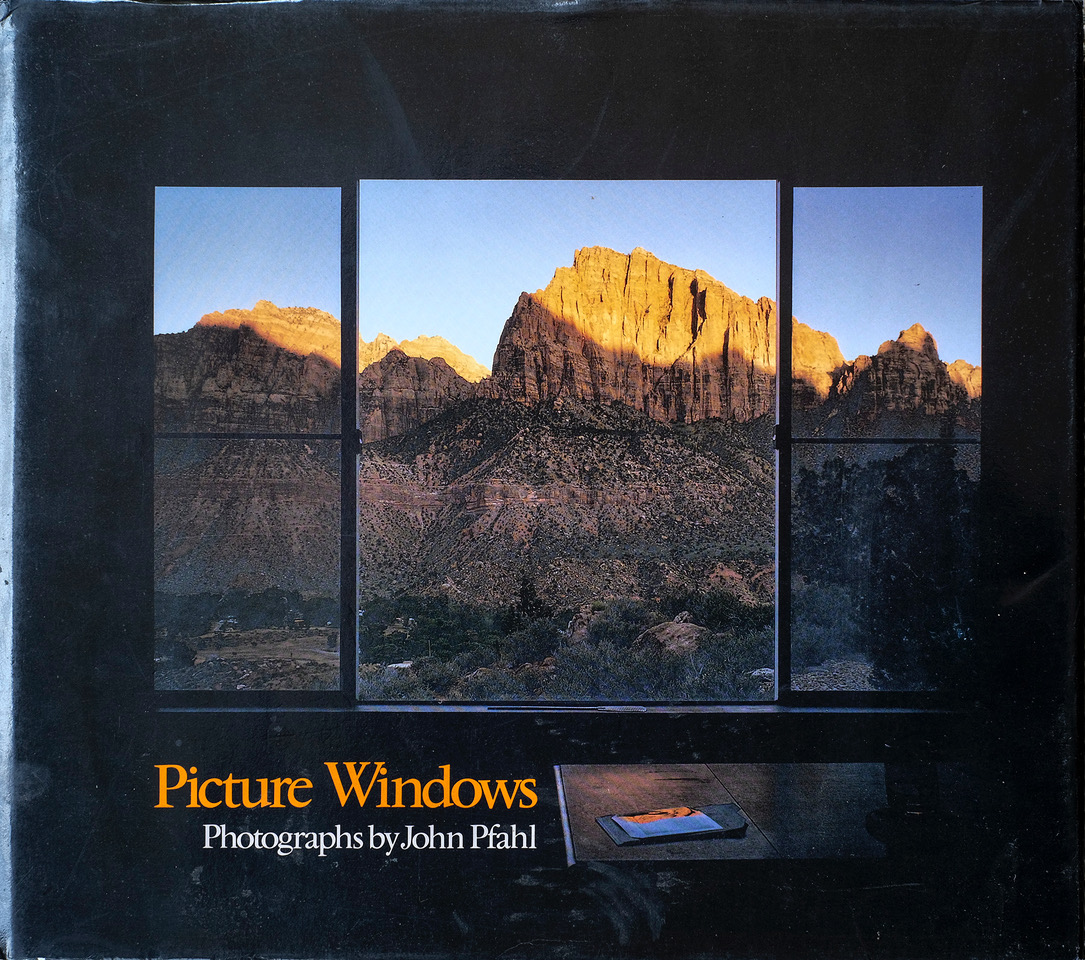
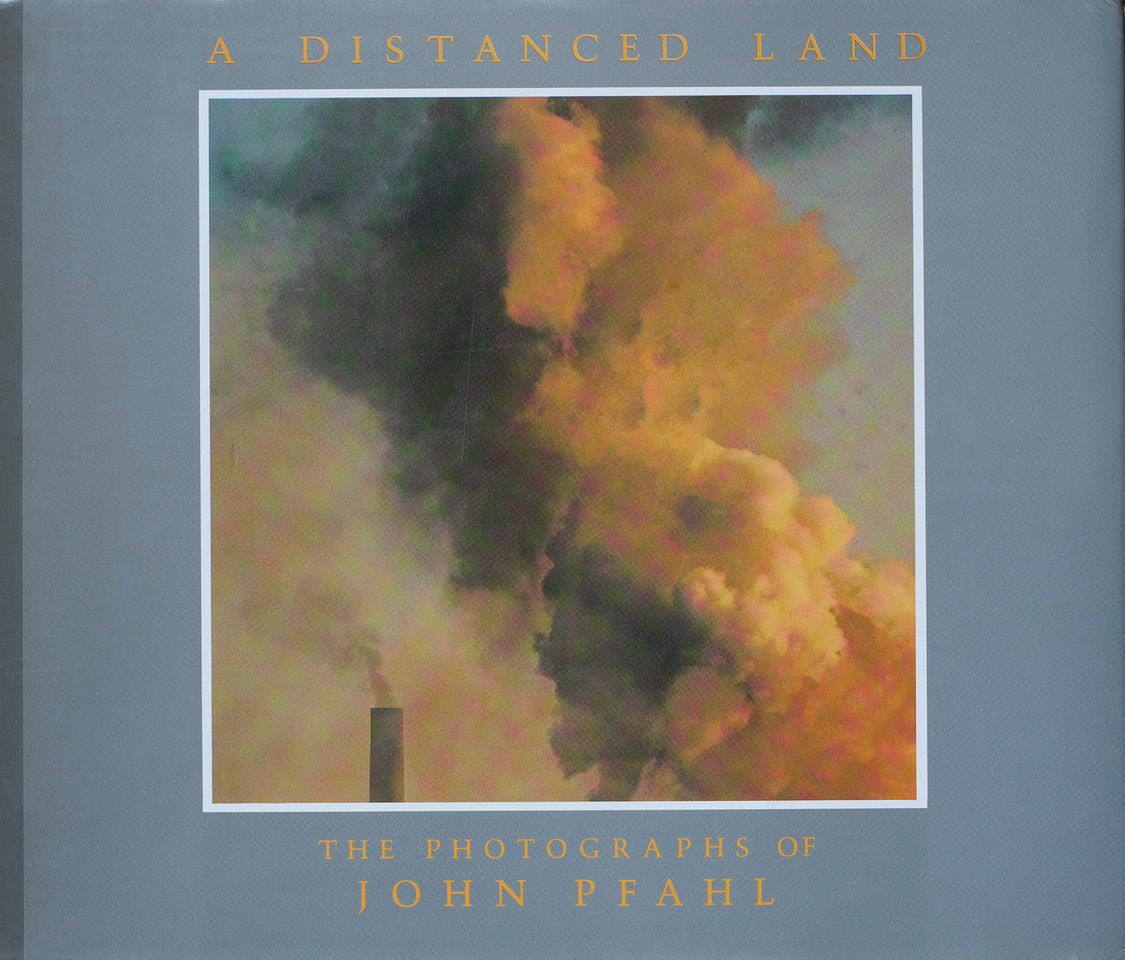
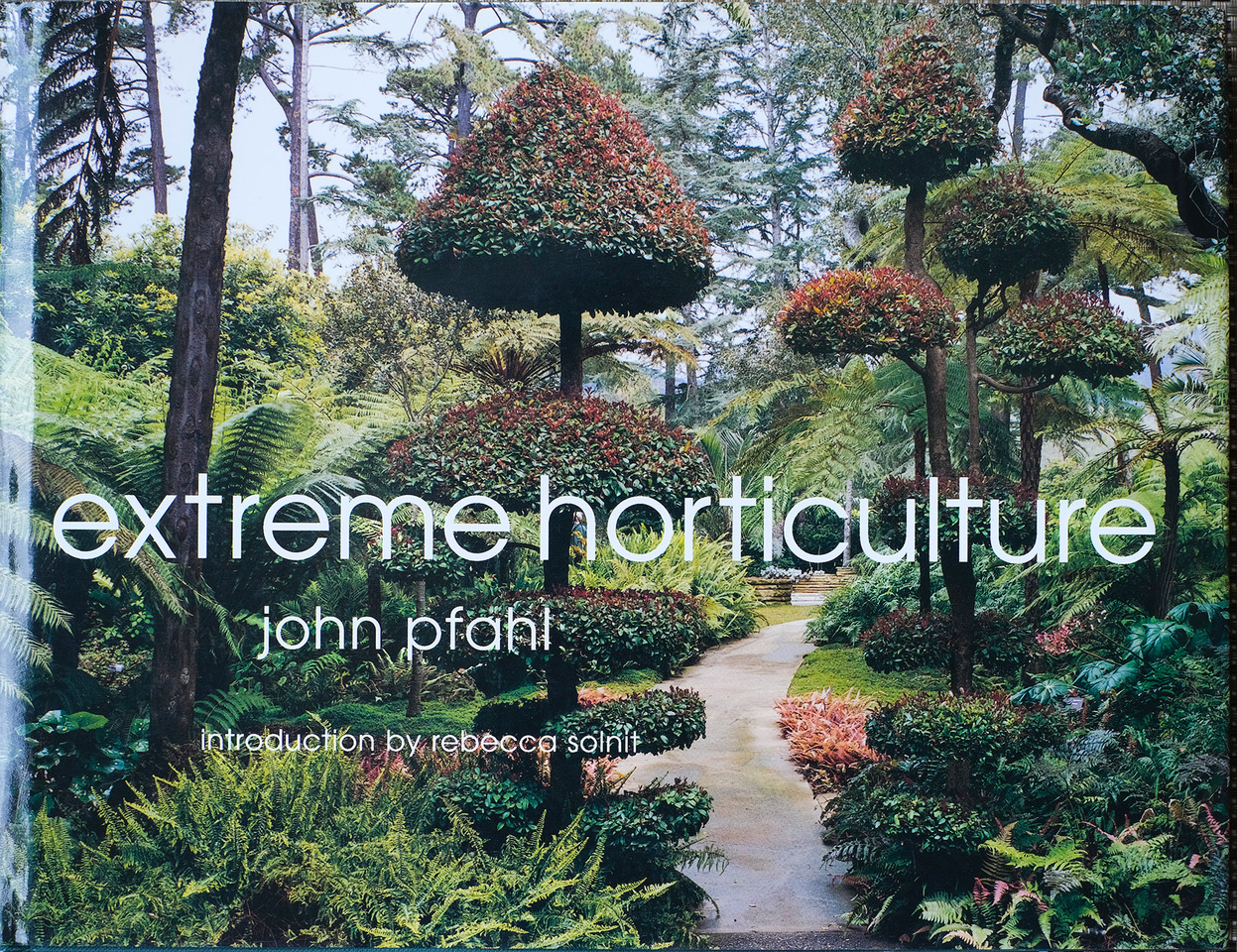




John was also the first artist to work with the 20×24 camera in 1978 at the invitation of JoAnn Verburg, who directed Polaroid’s Visiting Artist Program.
I would also draw ones attention to the experimental color work of Syl Labrot and his colaboration on the publication of Under The Sun with Nathon Lyon and Walter Chappell 1960. The 1960 MOMA exhibition (pre-Szarkowski) The Sense Of Abstraction. Grace mayer curator.
His book Pleasure Beach was published in 1976. Syl died the following year. Part of the Rochester group but also a non-academic which pushed him further out of the “mainstream”.
I loved John. He was first my teacher, then mentor: I lived with John and his wife Bonnie Gordon in the summers climbing trees and setting out tape for some of his Altered Landscapes, worked alongside John printing many of those early ektacolor prints. Then we became close friends; we traveled together, John often visited me and my wife Catherine in the many places we lived and we spoke every week. Losing a friend like this runs deep to the fabric of what my life became and I miss him dearly.
I hadn’t recalled your ties to John, Stuart, but I am not surprised that you and he were close!Se e the postscript on my entry. All best to you and Catherine from quarantine in south Minneapolis. gs
Bruno, and Allan, thank you so much for this exquisite reflection on a photographer and person who truly shone. And, as you articulate, was sadly under-shown. Even for all his public track record, a vision, insight, and character like John’s deserves to be more widely known and celebrated. I didn’t know him well, but the handful of times we interacted at SPE conferences were always affirming and warm.
When I arranged a 2001 memorial tribute exhibition for Roger Mertin–another exemplar of the unjustly marginalized “Rochester camp”–John loaned prints from the “Piles” portfolio. I hadn’t known of these pictures, and I was beyond delighted to see them; my own amateur maker’s mind had been sketching the concept of such a series, but it was stuck in limbo. John brought it to life with grace and concision that exceeded all of my two-dimensional imaginings. He solved the puzzle even as I was constructing it.
We were fortunate to have had his humane and brilliant presence in our lives.
p.s. to Stuart R., I sense John in you very strongly. I love knowing that you were one of his “tapers”!